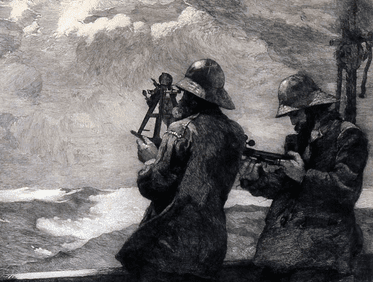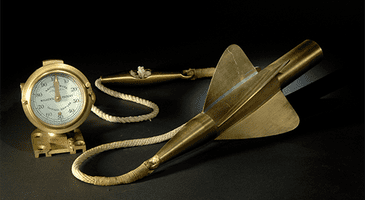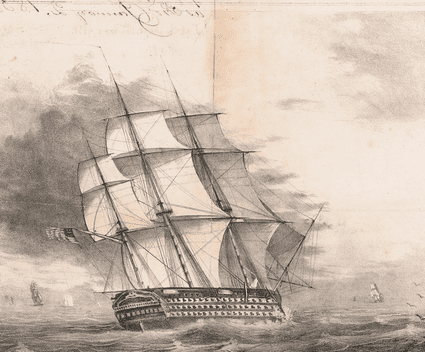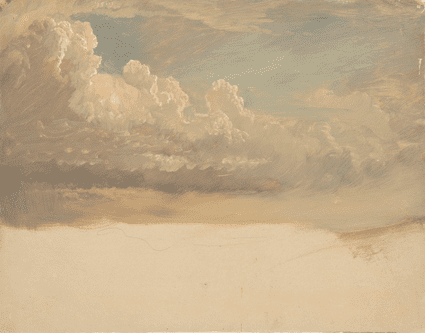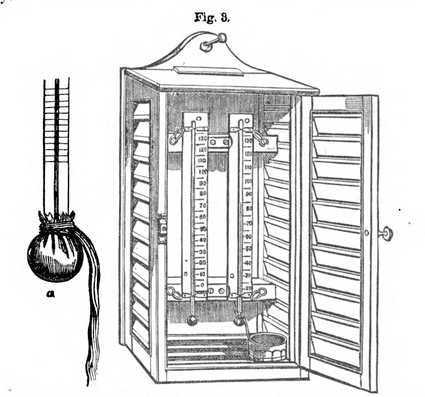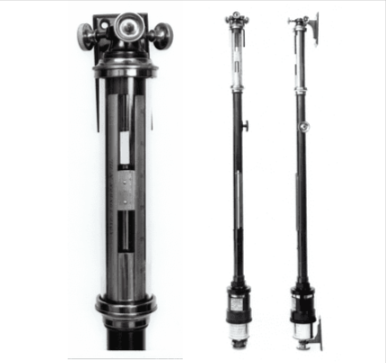The logbooks of naval ships are especially valuable for unique information about the world’s oceans. Much of what we know about this part of our blue planet and its atmosphere starts in these records.
A Navy ship’s logbook was designed to serve many functions. It is a daily diary of events, ranging from routine ship’s business to eyewitness accounts of notable occurrences—powerful storms, discoveries in uncharted seas, and legendary sea battles.
It was also an indispensable tool that helped guide ships efficiently and safely across the sea. Every change in course and speed, the landmarks sighted, and depth measurements were all recorded. The navigator used this information to determine the ship’s position on the high seas and to avoid reefs and rocks when nearing the shore. The weather was keenly observed. In the ages before satellites, this was the only way to know when a storm was coming in time to safeguard the ship from damage and disaster.
After the voyage, the logbook contributed to the collected knowledge of the sea. This legacy continues today.
To learn more about the importance of each section, click on the highlighted areas below.
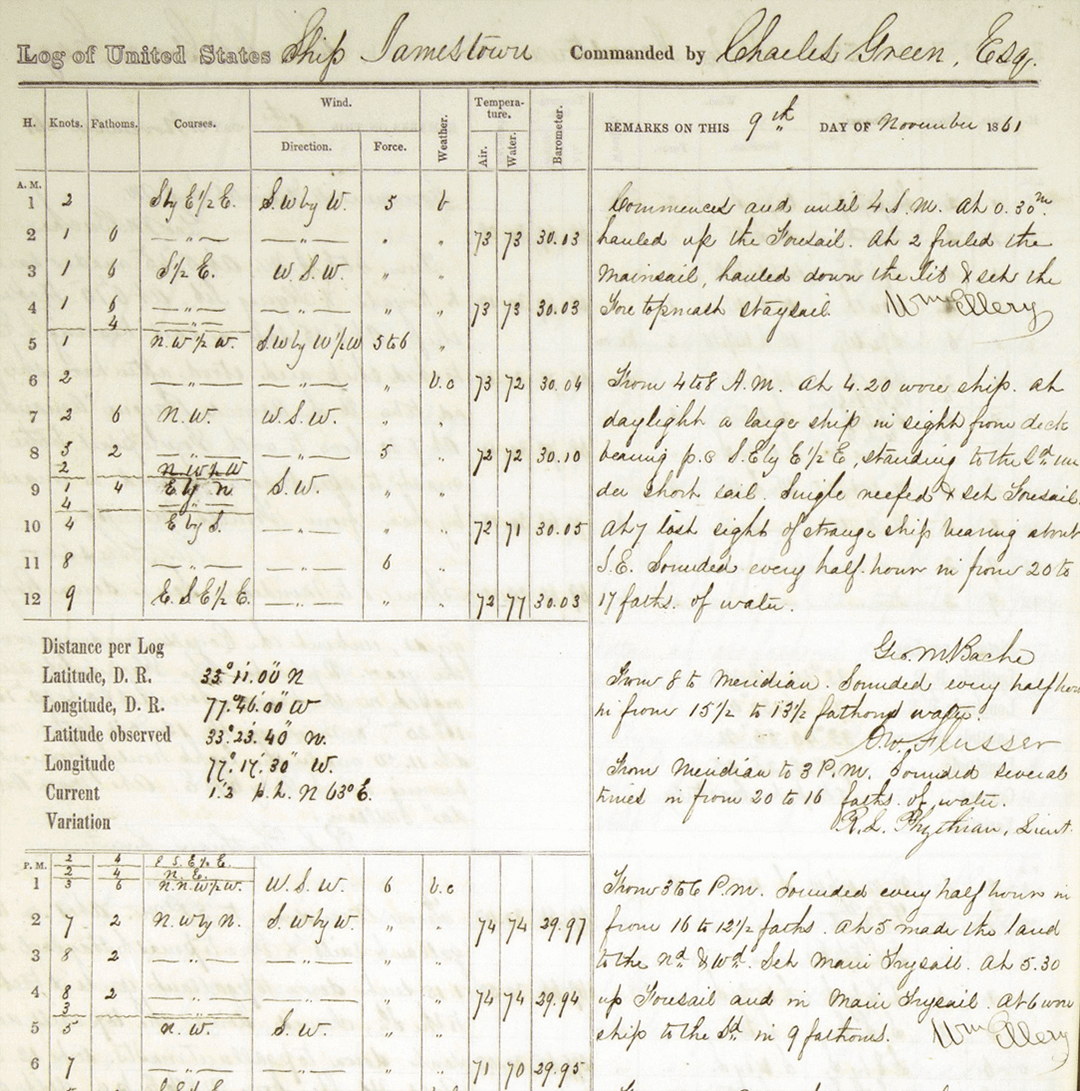
Scientists need you.
Become a citizen scientist and help transcribe ships’ logbooks. For details visit: oldweather.org
Teachers, Find useful teaching tools and activities at:
Crafted by educators using documents from the National Archives.
This project is supported by a Digitizing Hidden Collections grant from the Council on Library and Information Resources (CLIR). The grant program is made possible by funding from The Andrew W. Mellon Foundation.
Join Old Weather | View and transcribe logbooks in the National Archives Catalog
Extended Citations + Links to original sources
H: Arnold & Dent Box Chronometer, ID Number ME.314612. Smithsonian National Museum of American History.
https://www.si.edu/object/nmah_855353
Knots & Fathoms: Chip Log, ID Number 1934.9. Mystic Seaport Museum.
https://research.mysticseaport.org/collections/
Taffrail (Patent) Log, ID Number TR.308558. Smithsonian National Museum of American History.
https://www.si.edu/object/nmah_843854
Courses: Ritchie Liquid Compass, ID Number PH.309656. Smithsonian National Museum of American History.
https://americanhistory.si.edu/collections/search/object/nmah_116784
Wind: (Direction and Force: Lehmann & Duval, Lithographer, and Charles Crillon Barton. U.S. Ship Pennsylvania. Charles Stewart Esq. Comr. / Drawn on stone by Charles C. Barton, U.S.N. ; Lith. & Pubd. by Lehmann & Duval Philadelphia., ca. 1840. Library of Congress. https://www.loc.gov/item/2004666063/
Weather: Drawing, Cloud Study; Frederic Edwin Church (American, 1826–1900); USA; brush and oil paint, graphite on paperboard.; 1917-4-586. Smithsonian Design Museum Cooper Hewitt.
https://collection.cooperhewitt.org/objects/18199711/
Temperature (Air and Water): Jenkins, T. A. (Thornton Alexander). (1869). The barometer, thermometer, hygrometer, and atmospheric appearances at sea and on land as aids in foretelling weather: with brief rules for their use, and the practical application of their separate and combined indications as weather guides. Washington: Govt. Print. Off. https://hdl.handle.net/2027/hvd.hn4pd6
Barometer: Adie Mercury Barometer No. 1711, ID Number nmah_1419575. Smithsonian National Museum of American History.
https://www.si.edu/es/object/nmah_1419575
Remarks: Soley, James R. The Boys of 1812 and other Naval Heroes. Estes and Lauriat, 1887.
http://www.gutenberg.org/files/41396/41396-h/41396-h.htm#i9
Noon Observations: Eight Bells; Winslow Homer (American, 1836-1910); etching on wove paper; 1935.52; Addison Gallery of American Art, Phillips Academy, Andover, MA.
https://addison.andover.edu/Collection
Remarks

Noon Observations
